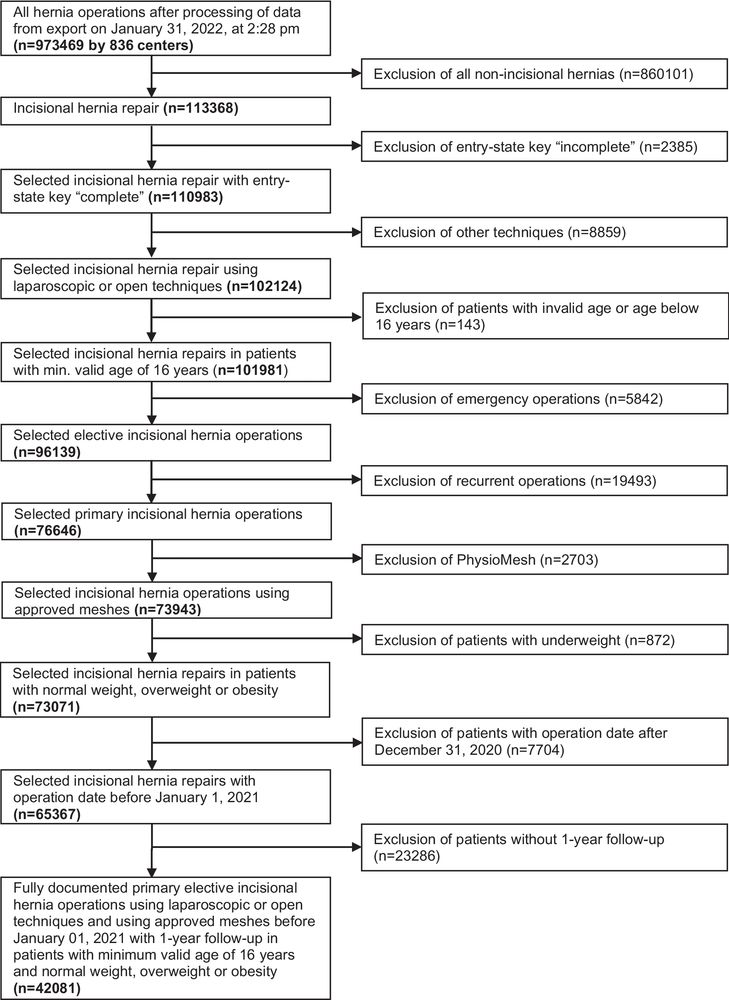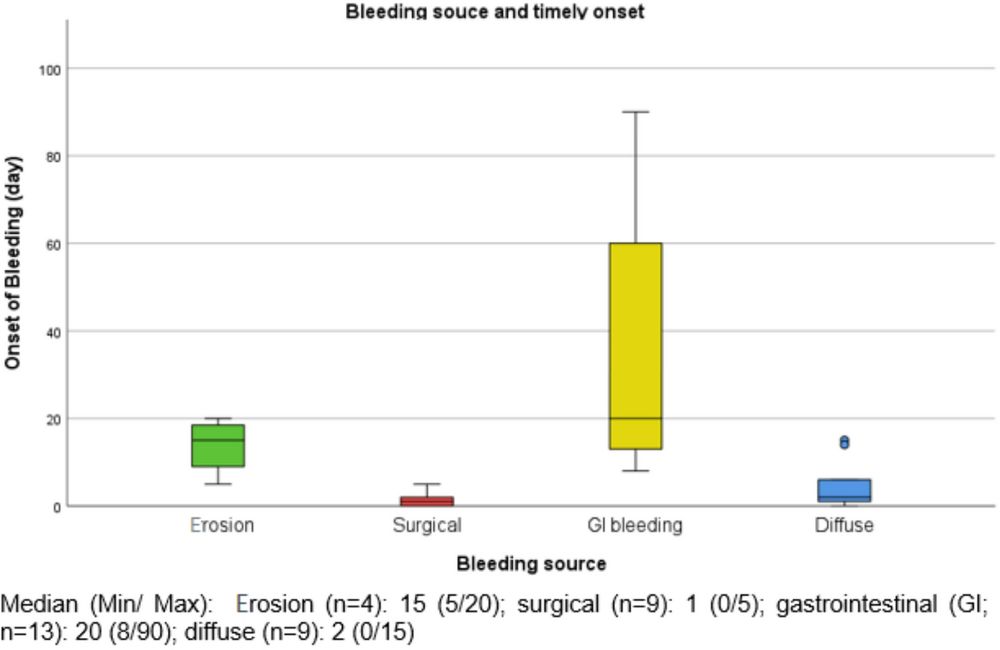Predicting operative complexity in laparoscopic splenectomy: a validated preoperative scoring system - Surgical Endoscopy
Background Laparoscopic splenectomy poses significant technical challenges due to variable splenic anatomy and patient-specific factors. A robust preoperative difficulty scoring system is essential to integrate critical predictors into a unified framework. This tool enables objective risk stratification, optimizes resource allocation, and enhances procedural safety through tailored surgical strategies. This study aimed to develop and validate a novel preoperative scoring system tailored to these challenges. Methods In this dual-center retrospective study, 181 patients undergoing laparoscopic splenectomy were divided into training (n = 118), validation 1 (n = 40), and validation 2 (n = 23) cohorts. Preoperative variables, including demographics, laboratory factors (INR, platelet count, et al.), and imaging indicators (CT-derived thickness, length, width, et al.), were analyzed. Multivariable regression identified predictors of surgical complexity (blood loss, operative time, conversion to open surgery). A difficulty score integrating regression coefficients and clinical feasibility was developed and validated using ROC curves, calibration plots, and decision curve analysis. Results Age, INR, splenic thickness, and cirrhosis-related hypersplenism emerged as independent predictors of surgical complexity (p < 0.05). The scoring system (range: 0–23) stratified patients into low- (0–7), intermediate- (8–15), and high-risk (16–23) tiers, demonstrating strong discrimination [training cohort AUC: 0.82 (95% CI 0.74–0.90); validation 1 cohort AUC: 0.80 (95% CI 0.66–0.94); validation 2 cohort AUC: 0.78 (95% CI 0.58–0.98)]. High-risk patients exhibited significantly greater blood loss, prolonged operative time, and higher conversion to open surgery rates. Calibration and decision curve analyses confirmed clinical utility, with net benefit surpassing “treat-all” strategies across risk thresholds. Conclusions This scoring system provides a validated tool for preoperative risk stratification in laparoscopic splenectomy, particularly for cirrhosis-predominant cohorts. By incorporating age, INR, splenic thickness, and pathogenesis, it attempts to account for regional epidemiological variations, potentially contributing to more tailored surgical planning in specific clinical contexts. Graphical abstract











